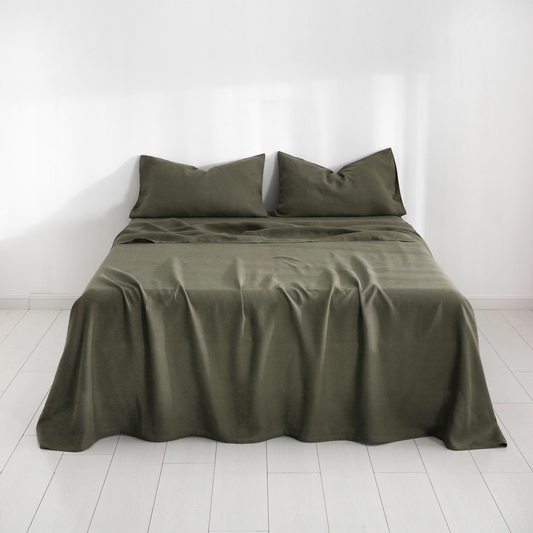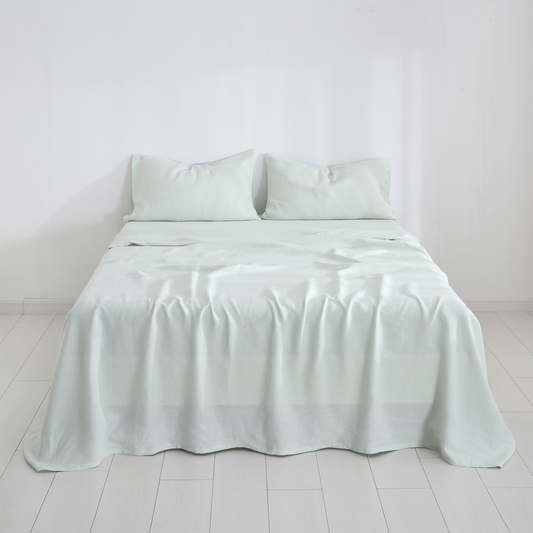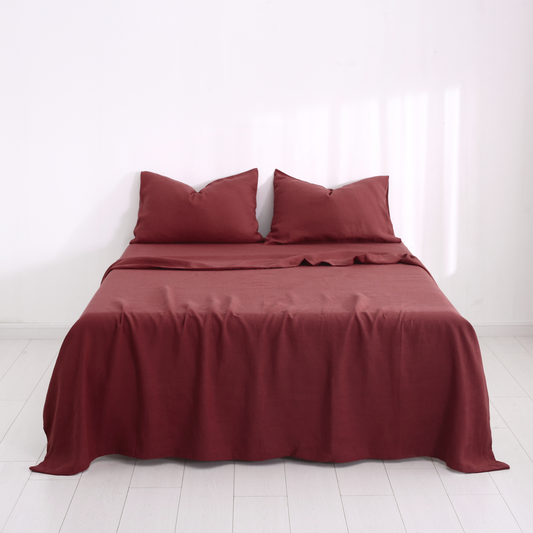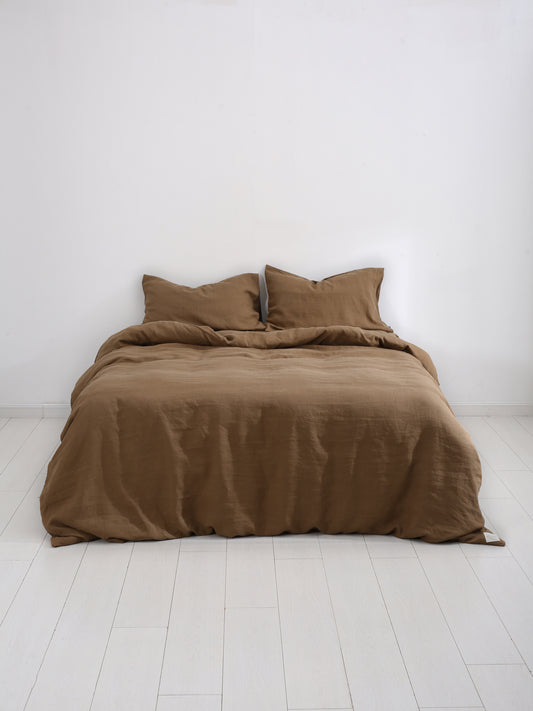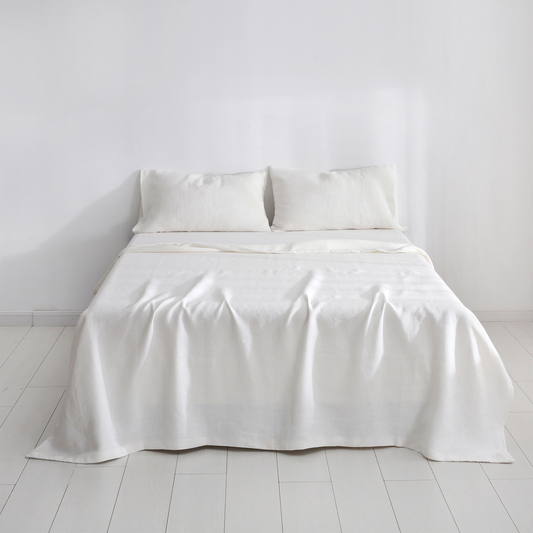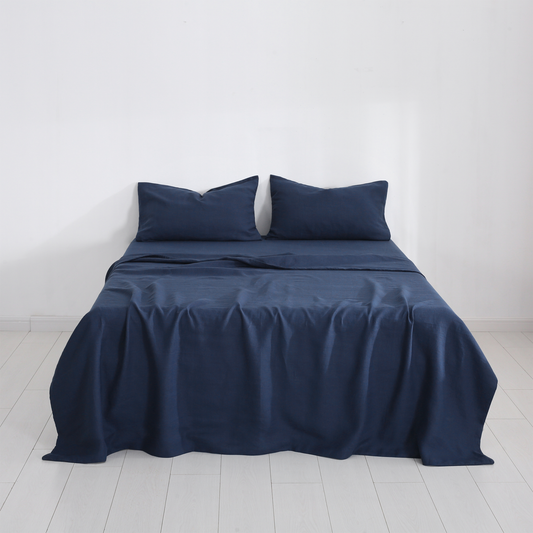Ever wondered why hemp fabric isn’t more mainstream by now?
I mean, I’m here shouting from the rooftops about hemp bedding every single day (almost literally—ask my neighbours), but the reality is hemp fabric hasn’t exactly taken over the shelves at your local bedding stores yet. If hemp sheets are so comfy, breathable, and sustainable (which they totally are), why aren’t they flying off shelves quicker than hot cross buns at Easter?
Let's talk price tags, shall we?
Alright, let’s face it—hemp fabric isn’t cheap. Cotton is like that friend who always insists on splitting the bill, while hemp sometimes feels like the friend who conveniently forgets their wallet at home. And there's a reason for that. Growing hemp requires fewer resources than cotton, but processing it? Now that’s where things get a tad tricky. Turning raw hemp into soft sheets involves steps that currently aren't streamlined enough to cut costs effectively. Plus, Australia hasn’t exactly embraced hemp farming at a massive scale just yet. Growing hemp here involves dealing with limited farmland and new agricultural techniques, making hemp fabric pricier than traditional cotton (here's a deeper dive on that).
Still, if you’re curious why we choose to work with hemp, we’ve explained it right over here.
Comfort concerns—yes, it's a thing
Let me guess, you probably heard hemp is itchy, right? To be fair, raw hemp fabric can be rough, but that's before it undergoes the softening process. Our hemp sheets genuinely get softer with each wash—kinda like that favourite old shirt you refuse to throw away. There's definitely no itching involved here. We've tackled this itchiness myth head-on in another post—take a look if you're sceptical about the whole softness thing: is hemp itchy?.
Show product carousel here:
[collection-carousel="sheet-set"]
The cotton monopoly
One major reason hemp hasn't exactly been invited to the textile party is cotton’s dominance. Cotton production is well-established, familiar, and, frankly, comfortably entrenched. It's like cotton got there first, picked the comfiest couch seat, and refuses to budge—even when we bring snacks.
Hemp struggles because the infrastructure for hemp processing is nowhere near as widespread. Farmers hesitate to switch from the tried-and-true cotton because, let’s be honest, nobody wants to gamble their entire crop yield on something unfamiliar—especially when there’s a mortgage involved.
But Oscar, what about sustainability?
Great question! Here's the deal: hemp’s eco-friendly properties are unmatched. Growing hemp uses less water, requires zero pesticides, and actually improves soil health. It’s basically the plant equivalent of that mate who always leaves your kitchen cleaner than they found it (bless them).
Yet, awareness and demand are still catching up. People generally aren’t as educated about hemp’s environmental benefits compared to cotton and synthetic fibres. I covered more on the sustainability comparison between cotton, polyester, and hemp right here.
Show product carousel here:
[collection-carousel="full-sets"]
The whole misunderstanding with marijuana
Here’s another awkward truth—many people still confuse hemp with marijuana. Yes, they're technically cousins, but hemp isn't about getting you high; it's about getting you comfy. I wrote a clear explanation on the differences between the two plants (check that out here). Spoiler alert: your hemp bedding won’t make you fail a drug test. Promise.
Processing blues—it's tricky business
The hemp textile industry needs more innovation, plain and simple. Processing hemp is currently complex and expensive, often involving chemical treatments to achieve that ultra-soft feel we all love. Unfortunately, this contributes to higher costs, making businesses hesitant to dive into hemp textiles without guaranteed returns. I discussed these processing hurdles further in another insightful read that really sheds some light on the situation.
So what's next for hemp fabric?
I honestly believe the future is bright. The demand for sustainable textiles is increasing across Australia (and everywhere else, really). The more people discover how much better hemp sheets feel, the quicker it will grow in popularity. That’s why here at Jo Dope, we're putting our hearts into educating growers and producers—because the more people who understand the value of hemp, the sooner hemp fabric becomes the new cotton.
And hey, speaking of value—if you want to chat more about hemp, bedding, or anything at all, drop me a line on our contact page. I promise I won’t bite!
And before you go, have a quick peek at some amazing hemp doona covers—you won't regret it:
[collection-carousel="doona-covers"]
Love,
Oscar from Jo Dope



